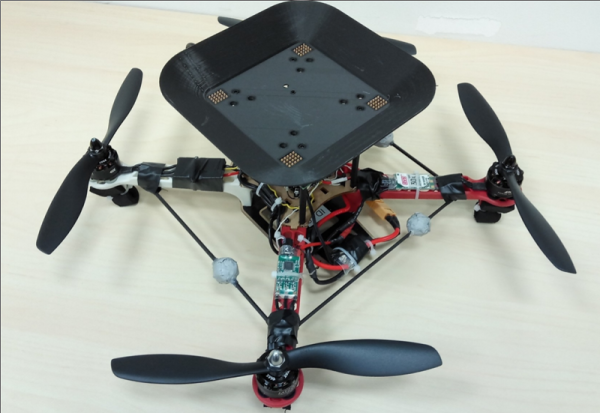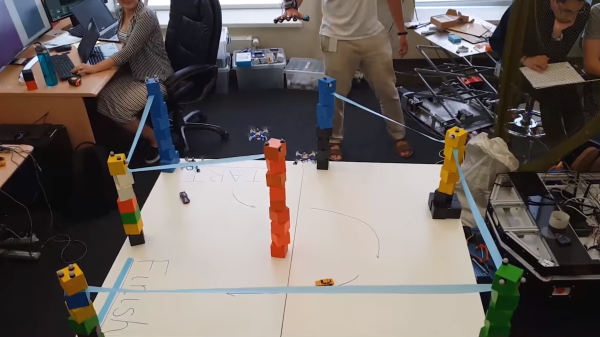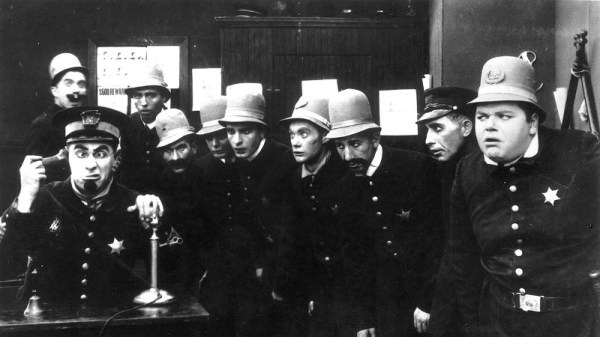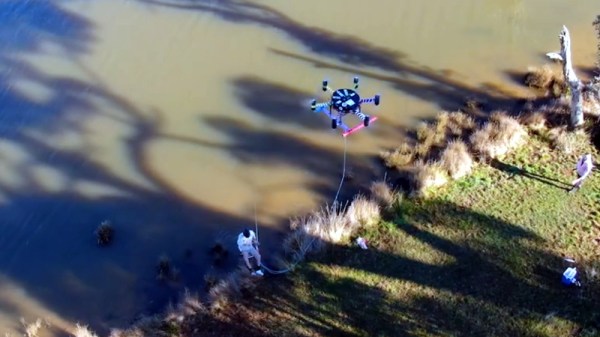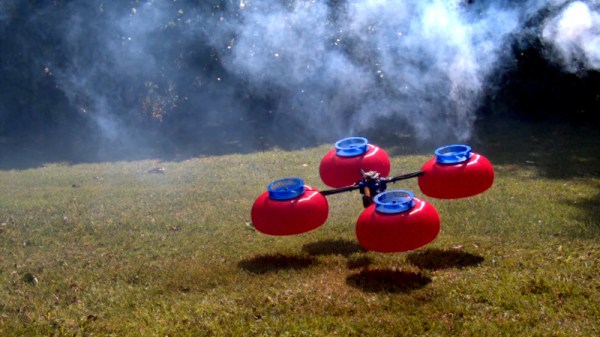Sun Tzu said, “The line between disorder and order lies in logistics.” This is as true in the modern world as it was 2500 years ago, and logistics have helped win and lose many wars and battles over the centuries. To this end, Logistical Gliders Inc. is developing one-time use, unmanned delivery gliders, for the US Military.
Reminiscent of the military gliders used in WW2, the gliders are designed to be dropped from a variety of aircraft, glide for up to 70 miles and deliver supplies to troops in the field. Specifically intended to be cheap enough to be abandoned after use, the gliders are constructed from plywood, a few aluminum parts for reinforcement and injection molded wing panels. There are two versions of the glider, both with huge payloads. The LG-1K, with a payload capacity of 700 lbs/320 kg and the larger LG-2K, with a payload capacity of 1,600 lbs/725 kg. Wings are folded parallel to the fuselage during transport and then open after release with the help of gas springs. The glider can either do a belly landing in an open area or deploy a parachute from the tail at low altitude to land on the crushable nose.
Gliders like these could be used to deliver supplies after natural disasters, or to remote locations where road travel is difficult or impossible while reducing the flight time required for conventional aircraft. Powered UAVs could even be used to carry/tow a glider to the required release point and then return much lighter and smaller, reducing the required fuel or batteries.
Drones are already used to deliver medical supplies in Rwanda and Ghana, and it’s possible to build your own autonomous unmanned glider. Check out the video after the break to see the big boys in action. Continue reading “Military Gliders Are Making A Comeback, This Time In Unmanned Form”


